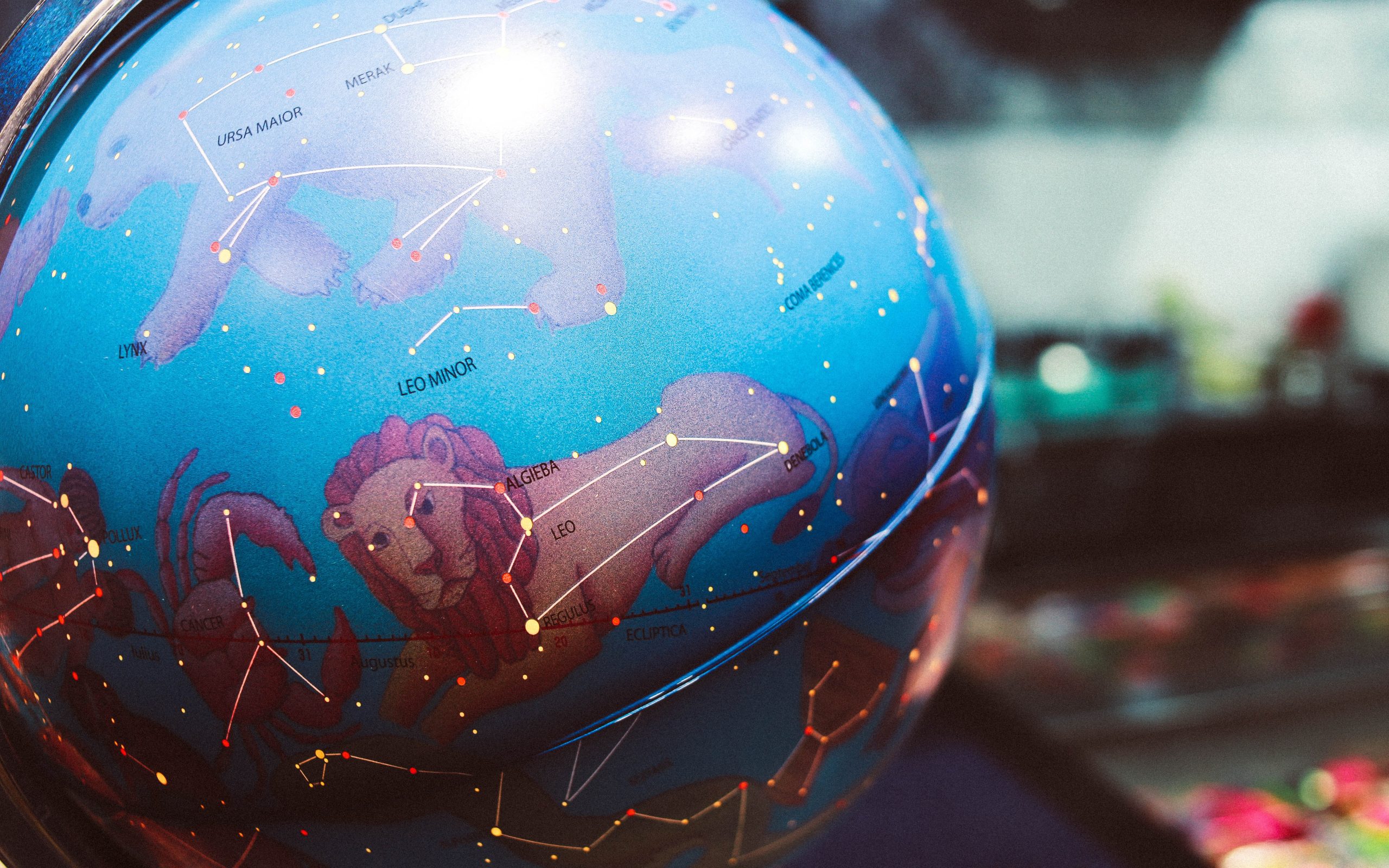How Often Does the Moon Revolve Around the Earth?
The moon, Earth’s only natural satellite, has long captivated human imagination. Its graceful presence in the night sky has led us to wonder about its movement and how often it revolves around our planet. In this blog post, we will delve into the fascinating topic of lunar revolution, exploring the duration, phases, and factors that influence the moon’s journey around the Earth. So, let’s embark on this celestial adventure together!
Lunar Revolution: An Overview
The moon orbits the Earth in what is known as a lunar revolution. A lunar revolution refers to the period it takes for the moon to complete a full orbit around the Earth and return to its original position. This revolution is essential in defining the length of a month, as the lunar cycle – the time from one new moon to the next – is closely tied to the moon’s revolution.
Interestingly, the moon’s revolution isn’t a simple, uniform cycle. It’s influenced by various factors, resulting in a slightly irregular pattern. To understand this better, let’s explore the details of the moon’s revolution.
Duration of the Lunar Revolution
The average duration of the moon’s revolution around the Earth is approximately 27.32 days. This period is known as the sidereal month and is defined by the time it takes for the moon to return to the same position relative to the stars. However, this duration does not align precisely with our calendar months, which are based on the solar year. Hence, the reason our months have either 30 or 31 days, with February having a variable length.
While the sidereal month provides an average duration, it’s worth noting that the actual time between two successive new moons, known as the synodic month, is slightly longer, averaging around 29.53 days. The synodic month considers not only the moon’s revolution around the Earth but also the Earth’s revolution around the sun.
Factors Affecting the Moon’s Revolution
Several factors influence the moon’s revolution around the Earth. Let’s explore these factors and their impact on the lunar cycle.
Gravitational Pull
The primary force governing the moon’s revolution is the gravitational pull between the Earth and the moon. As per Isaac Newton’s law of universal gravitation, each celestial body attracts the other with a force directly proportional to its mass. The Earth, being significantly more massive than the moon, exerts a stronger gravitational pull, causing the moon to revolve around it.
However, it’s important to mention that the gravitational forces between the Earth and the moon aren’t the only ones at play. The sun also exerts its influence on the moon, creating a dynamic interplay of gravitational forces.
Earth’s Tilt and Lunar Orbit
Another factor affecting the moon’s revolution is the Earth’s axial tilt, which influences the moon’s orbit. The moon orbits Earth in a slightly inclined plane compared to the Earth’s plane of orbit around the sun. This inclination, combined with the Earth’s tilt, leads to variations in the moon’s path, resulting in what we observe as the changing phases of the moon.
The interaction between the Earth’s tilt and the moon’s orbit causes the moon to oscillate between higher and lower latitudes over the course of about 18.6 years. This phenomenon, known as lunar nodal cycle or nodal precession, affects the moon’s revolution and its position relative to the Earth.
Tidal Forces and Synchronized Rotation
One fascinating result of the moon’s revolution is its synchronized rotation, which means the moon always shows the same face to the Earth. This phenomenon is a consequence of tidal forces between the Earth and the moon. The gravitational interaction causes a bulge in both the Earth and the moon, leading to tides on our planet.
Over time, the gravitational forces have acted upon the moon, causing it to slow down and become tidally locked with the Earth. This synchronized rotation means that the moon’s revolution and rotation period are nearly equal, with a minor variation due to other factors.
Conclusion
The moon’s revolution around the Earth is a mesmerizing cosmic dance, subject to various influences and factors. With an average duration of around 27.32 days, the moon’s revolution defines our concept of a month and affects phenomena such as tides. Factors like gravitational pull, Earth’s tilt, and tidal forces contribute to the moon’s unique orbit and its mesmerizing phases.
Next time you gaze up at the moon, remember the intricate celestial mechanics at play, and let its timeless beauty inspire you to explore further into the wonders of our universe.
Table of Contents
